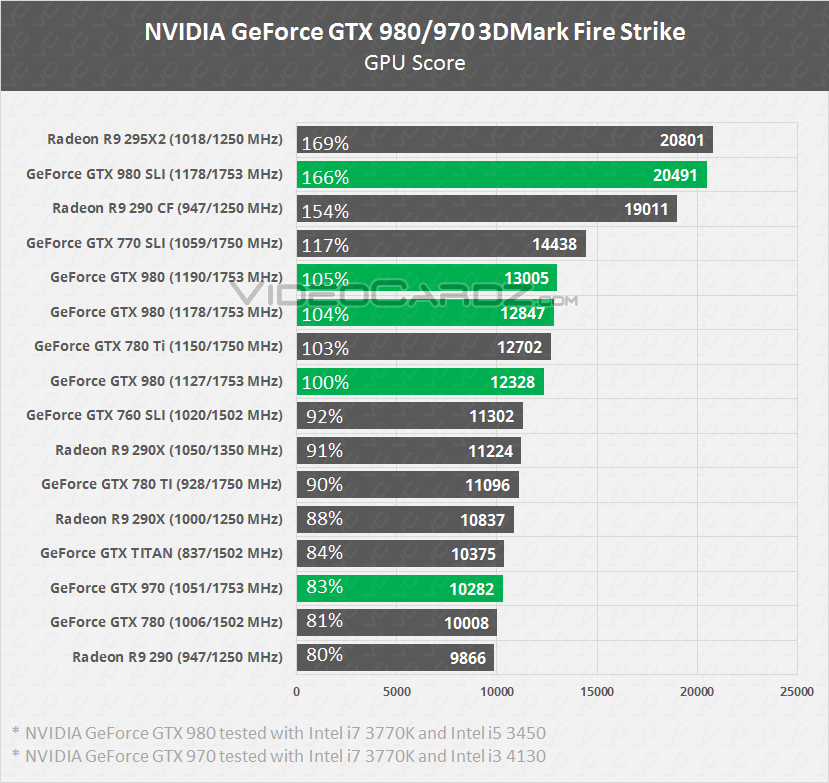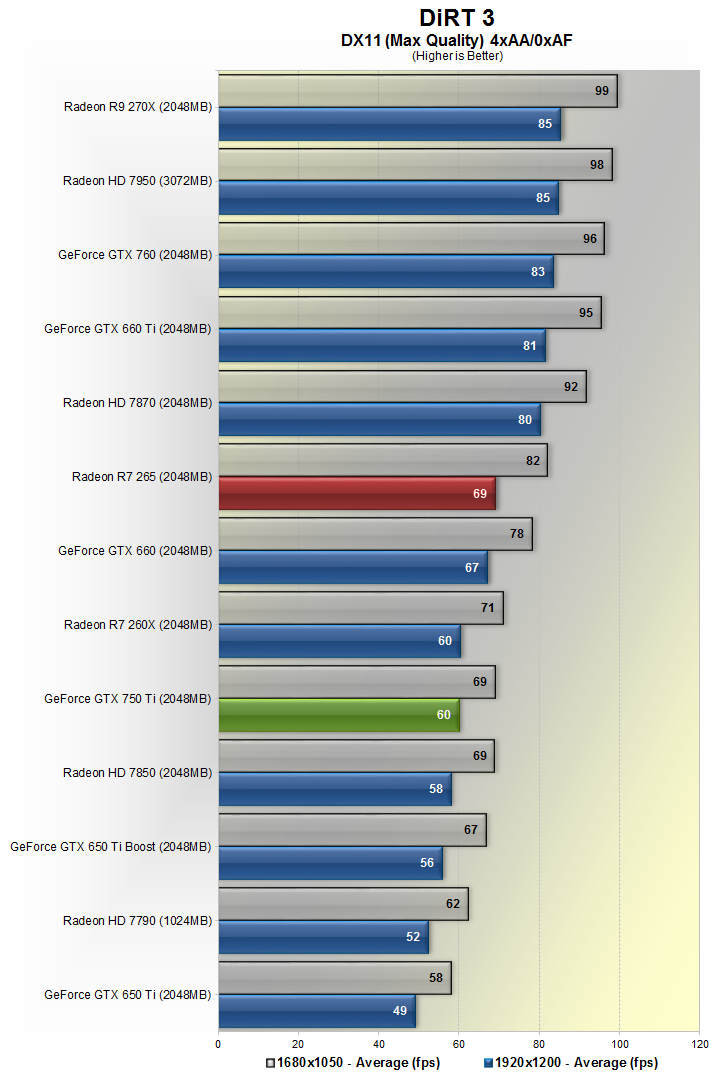


The card’s cooler has a flat, ducted baseplate for unobstructed airflow, which minimizes turbulence and helps quiet down and better cool the card. Like NVIDIA’s previous-gen flagships, these new cards also use low-profile components on about the front 65% of the PCB around the GPU. The actual cooling hardware on the cards consists of a large vapor chamber with a densely packed, nickel-plated aluminum finstack, and a large, rear-mounted barrel-type fan with user-adjustable fan curves. For the most part, the GeForce GTX 980 and 970 reference cards, look very much like the 700 series. The GeForce logo along the top edge of the cards also light up and there are embossed badges at the front of the fan shroud with the cards’ model number. NVIDIA claims they’ve done some testing in this regard, and removing that portion of the back-plate is all that’s necessary to improve air-flow into an adjacent card’s fan. And what’s interesting about it is that there’s a removable panel that allows for better air-flow between cards, should a system be packing multiple cards, close together. The GTX 980 also has an aluminum back-plate, which aids in cooling. Like the high-end cards in the GeForce GTX 700 series, the new GeForce GTX 980 and GTX 970 reference cards are outfitted with heavy-duty coolers and frames made of aluminum to add rigidity. Those numbers might seem low in light of the GeForce GTX 780 Ti’s 384-bit memory interface, 210 GTexels/s and 336 GB/s of memory bandwidth, but stick with us here-we’ll have more to share on the next couple of pages. At those clocks, the GeForce GTX 980 offers up a peak textured fillrate of 144.1 GTexels/s and 224 GB/s of memory bandwidth the GTX 970 offers a peak textured fillrate of 109.2 GTexels/s and the same amount of memory bandwidth. The 4GB of video memory on both cards is clocked at a blisteringly-fast 7GHz (effective GDDR5 data rate) and the memory links to the GPU via a wide 256-bit interface. The GTX 980 also has 128 texture units to the 970’s 104. Whereas the GeForce GTX 980 is packing 2048 CUDA cores, the GTX 9. As we’ve mentioned, a few of the blocks in the GPU have been disabled in the GTX 970, and as such, it sports fewer cores and texture units. The GTX 970 clocks in with a base clock of 1050MHz and Boost clock of 1178MHz. The fully-loaded GeForce GTX 980 GM204 GPU has a base clock of 1126MHz and a Boost clock of 1216MHz.
#Benchmark test gpu gtx 970 vs gtx750 full#
The GeForce GTX 980’s GM204 GPU has all of its functional blocks enabled and is the full implementation of the chip. The cards share the same 4GB frame buffer and GM204 GPU, but the GTX 970’s GPU is clocked a bit lower and features fewer active SMs and CUDA cores.

The NVIDIA GeForce GTX 980 and GTX 970 are somewhat similar. NVIDIA’s got a few tricks up their sleeve this time around and the end results are a couple of high-performance, highly-efficient graphics card that will be right at home in the fastest of systems. When you see the GeForce GTX 980 and GTX 970’s specifications, you may scratch your head a bit and wonder how products with seemingly lower-end specs can replace powerhouses like the GTX 780 Ti and GTX 780, but rest assured they do. But that changes today, as the two new products we’ll be showing you here-the GeForce GTX 980 and GTX 970-are based on Maxwell and replace NVIDIA’s current high-end offerings, the GeForce GTX 780 Ti, GTX 780, and GTX 770.
#Benchmark test gpu gtx 970 vs gtx750 Pc#
The GeForce GTX 750 and GTX 750 Ti are low-power graphics cards targeting mainstream PC users higher-end GPUs in NVIDIA’s product stack remained based on the previous-gen Kepler microarchitecture. With Maxwell, NVIDIA took a somewhat different approach. That wasn’t the case with NVIDIA's Maxwell, however. Although there have been a few exceptions, when one of the big GPU makers releases a next-gen GPU, they typically start at the high-end and then scale the GPU back to flesh out a top-to-bottom line-up of products, at various price points, leveraging the same core chip architecture. A few months back, we took a look at the GeForce GTX 750 and GTX 750 Ti, which features a GPU based on NVIDIA’s bleeding-edge Maxwell microarchitecture.


 0 kommentar(er)
0 kommentar(er)
